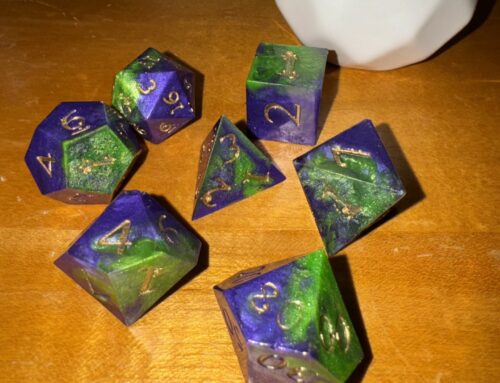![By Gieson Cacho [CC BY 2.0 (http://creativecommons.org/licenses/by/2.0)], via Wikimedia Commons](https://millionwords.wpengine.com/wp-content/uploads/2016/07/pokc3a9mon-go.jpg)
Attribution: Gieson Cacho (http://creativecommons.org/licenses/by/2.0), via Wikimedia Commons
While Google Glass never really caught on, cell phones are finally poised to bring augmented reality (AR) into the mainstream thanks to a certain catch-’em-all mobile game. By leveraging GPS and overlaying computer-generated images on a real-world environment, Pokémon GO has taken a big, bold step forward in a technology that, prior to now, had taken a backseat to other advancements like 3D and virtual reality.
And this is just the tip of the iceberg, folks. Even as I write this, developers, executives, and marketers are seeking out new ways to exploit AR.
Perhaps ironically, a game populated with brightly colored and sometimes cute creatures has already raised serious concerns—from at least one automobile fatality to insensitive Pokémon destinations. Then there are instances of trespassing, distracted pedestrians, and lures that attract human victims in addition to the in-game prey.
It’s not all doom and Gloom (Pokémon pun intended), but as with any new technology, the good will inevitably be accompanied by the sinister…and the silly.
While pondering the Pokémon GO phenomenon—and admittedly participating in it—I was reminded of a short story I wrote a while back about a future where AR has penetrated every facet of society, including entertainment, commerce, and even face-to-face communication.
For all of our sakes, I hope “Ghost Mode” turns out to be an inaccurate prediction of what is to come. It could be a cautionary tale. Or maybe it’s just the musings of a closet technophobe. In any event, I hope you enjoy this story of a near-future star whose search for excitement goes horribly, horribly wrong.
“Ghost Mode” was published in the One Million Project Fantasy Anthology. Buy it in paperback or for Kindle at Amazon.com.



Leave a comment